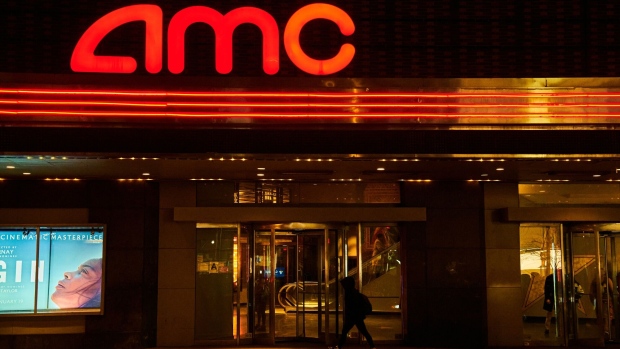
The Daily Chase: U.S. inflation numbers, fizzling meme stock rally
BNN Bloomberg
Here are five things you need to know this morning.
Core U.S. inflation rate falls to three-year low: We got the latest inflation numbers out of the U.S. this morning, and the main takeaways seem to be good news for anyone hoping for a rate cut. The monthly core reading decreased for the first time in six months, and came in bang on expectations at 0.3 per cent, while the overall reading was slightly below what was anticipated at 0.4 per cent. On an annualized basis, the U.S. inflation rate now sits at 3.4 per cent, while the core rate is just above that, at 3.6 per cent. That’s higher than U.S. Federal Reserve Chair Jay Powell would like to see, even if it is now at its lowest level in three years. On the futures market, the odds of a cut are rising incrementally for both June and July in reaction to the numbers.
Meme stocks rally running out of steam? Given their inherent volatility, the following statement may no longer be true by the time we get to the end of this sentence, but the rally in meme stocks seems to be running out of steam on Wednesday morning. After more than doubling since Monday, names like GameStop and AMC are both in negative territory in premarket trading. Exuberance for both has driven their market caps up by US$11 billion this week, a windfall that AMC at least is trying to quickly take advantage of. On Tuesday, the company issued more than 72 million shares for $3.45 apiece, raising $164 million to cut its debt load. That’s a tidy bit of business for a company with a share price that ended last week at $2.91 and is currently changing hands at more than $6. It’s anyone’s guess where these names are headed next, but for now the retail investors piling in are causing headaches for short sellers, with GameStop shorts racking up $1.3 billion in mark-to-market losses so far this month, and AMC down $126 million.
Copper price surging: Meme stocks aren’t the only investments caught in a squeeze right now, as the price of copper is within striking distance of its all-time high in New York trading. The surge is based on supply and demand fundamentals but also some short squeeze shenanigans. While prices for the industrial metal are rising in the major trading hubs around the world, it’s spiking especially so in New York and causing some physical shipments to divert from elsewhere to the U.S. Short squeeze rallies in commodities markets can often happen when traders are forced to exit positions because of the threat of having to deliver the physical material. (Remember when oil went below US$0 a barrel in 2021?) A similar trend is underway in copper at the moment, and it’s causing atypical price gaps between London, New York and Shanghai. “The short squeeze is set to continue as traders might not be able to ship enough metal from either Chinese bonded warehouses or from Europe ahead of the delivery date,” Jia Zheng, head of trading at Shanghai Dongwu Jiuying Investment Management Co. told Bloomberg.
